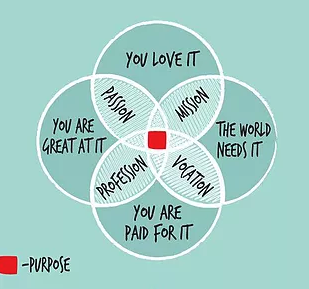Getting Unstuck #157/158: What Happens When Students Drive Their Learning?
Stand back.
“We probably all found ourselves in history classes similar to mine, which was very lecture based. Not much interaction. Not much looking at our communities or our nation, or the kind of things that were going on in the world. It was very uninspiring. It was trying to cover everything, and you take the test, and then it's gone.”
Today’s guest
Ben Pendarvis is a language arts and social studies teacher at the Tri-County Early College HS in Murphy, North Carolina. His passions and strengths include experiential teaching and learning, collaborative leadership, and education policy.
Ben on why this conversation matters
“Students must be able to drive their own learning to fully reap its benefits. If we want active citizens, reflective thinkers, and confident leaders to compete globally, we must give students more experiences to inhabit these roles. The results of these experiences empowers students to remember what they learn and take on the kind of skills we want to see in our local, national, and global economies, and also in our homes, neighborhoods, markets, and public forums.
This kind of teaching and learning is hard, so it requires strong leadership, appropriate policy structures, and intrinsic motivation. Many of our teachers don’t have these basic elements in place to even begin thinking differently about teaching and learning. The more teachers work together to find solutions to their common barriers, always keeping students’ experiences and dignity in priority, their education becomes more meaningful and relevant to their lives and futures.”
Tri-County HS emphasizes project-based learning through collaboration with other students, but a first step is deep reflection to identify personal purpose. This step encourages students to have a greater sense of ownership in their learning. Seniors complete this ikigai exercise as a "purpose inventory" that starts them on their seminar and capstone project.
How you can use this episode as personal PD
There are two big ideas in this episode:
Greater agency for students and teachers yields big results: both are likely to be more engaged and energized toward achieving desired outcomes.
Project-based learning or competency-based learning models give educators and students license to be more creative in how they approach learning goals.
As a teacher, how much agency do you feel you have to structure learning opportunities that call for student involvement and creativity?
As an administrator, how much do you encourage different instructional models versus what we might characterize as more traditional?
Closing thought
“There's nothing more inspiring to me than getting advice or ideas, other from colleagues, and getting their help really in figuring out the best way to reach my students, or even their students, and vice versa. And it's when you're talking about things that are difficult to have someone to work with is really important to bounce those ideas off of.”
Referenced
Tony Wagner’s 7 Survival Skills


